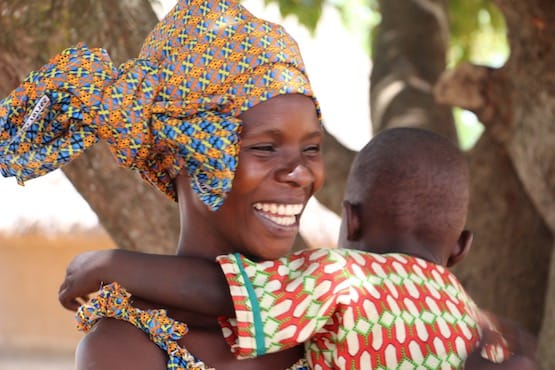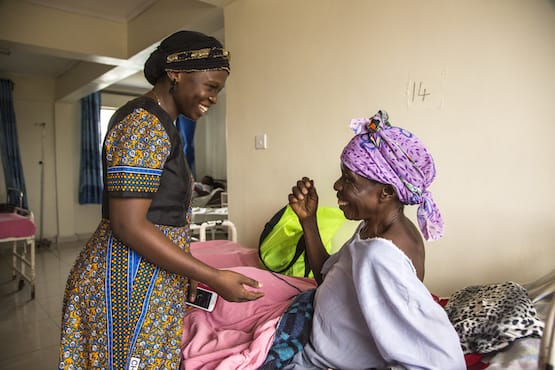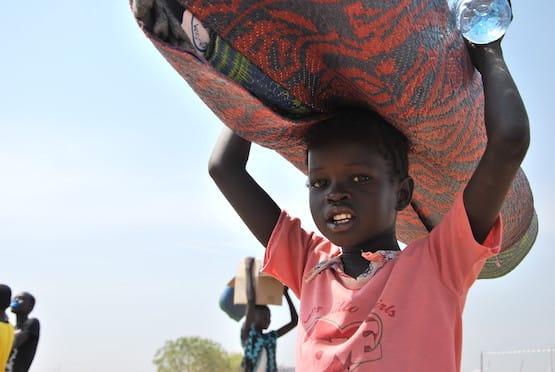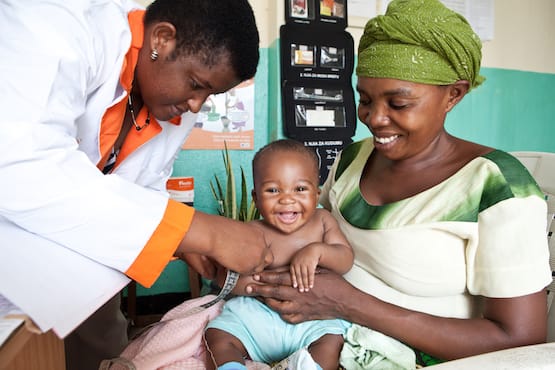Some good news: According to the 2015 UN Millennium Development Goals report, women and girls have access to more education, economic opportunities, and political power than ever before in human history [1]. But they still bear the impact of extreme poverty.

Think back to when you were a teenager. Most likely you were in school. Chances are, you weren’t pregnant — and if you were, the thought of dying in childbirth probably never crossed your mind.
Nearly 99% of maternal deaths occur in developing countries. [2]
Supporting effective women’s charities like Living Goods and Population Services International mean women have broader access to both prenatal care and contraception and family planning resources. This is a boon for both mother and child: every additional year of education for women of reproductive age decreases child mortality by 9.5%. [3]

Now imagine you gave birth to a healthy baby, but because you were young and small and didn’t have access to necessary medical care like Cesarean section, you incurred obstetric fistula during labor. Now you leak feces and urine.
A majority of women who develop fistulas are abandoned by their husbands and ostracized by their communities because of their foul smell.
Obstetric fistulas are easy to repair and relatively cheap: about $450. Donations to effective organizations like Fistula Foundation help women gain access to the surgeries they need.

What do you think is possible if we instantly injected US$17 trillion into the global economy?
That’s the estimated cost of excluding women from the workforce [4] and one of the reasons organizations like Village Enterprise fight for more women entrepreneurs.
[1] UN Millennium Development Goals Report 2015
[2] World Bank Blog, Over 99 percent of maternal deaths occur in developing countries
[3] The Lancet, Increased educational attainment and its effect on child mortality in 175 countries between 1970 and 2009: a systematic analysis
[4] UN News article










